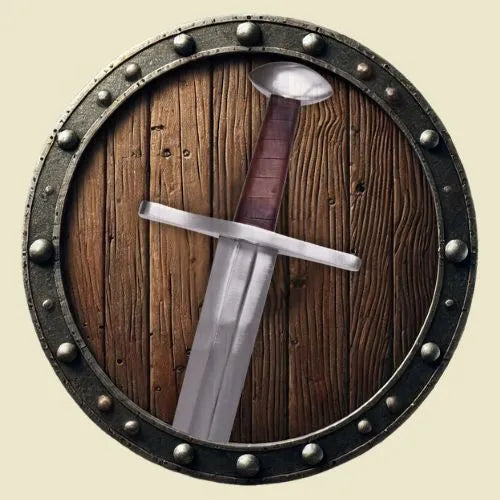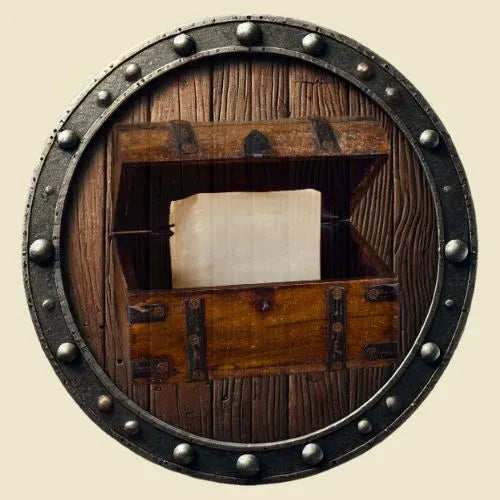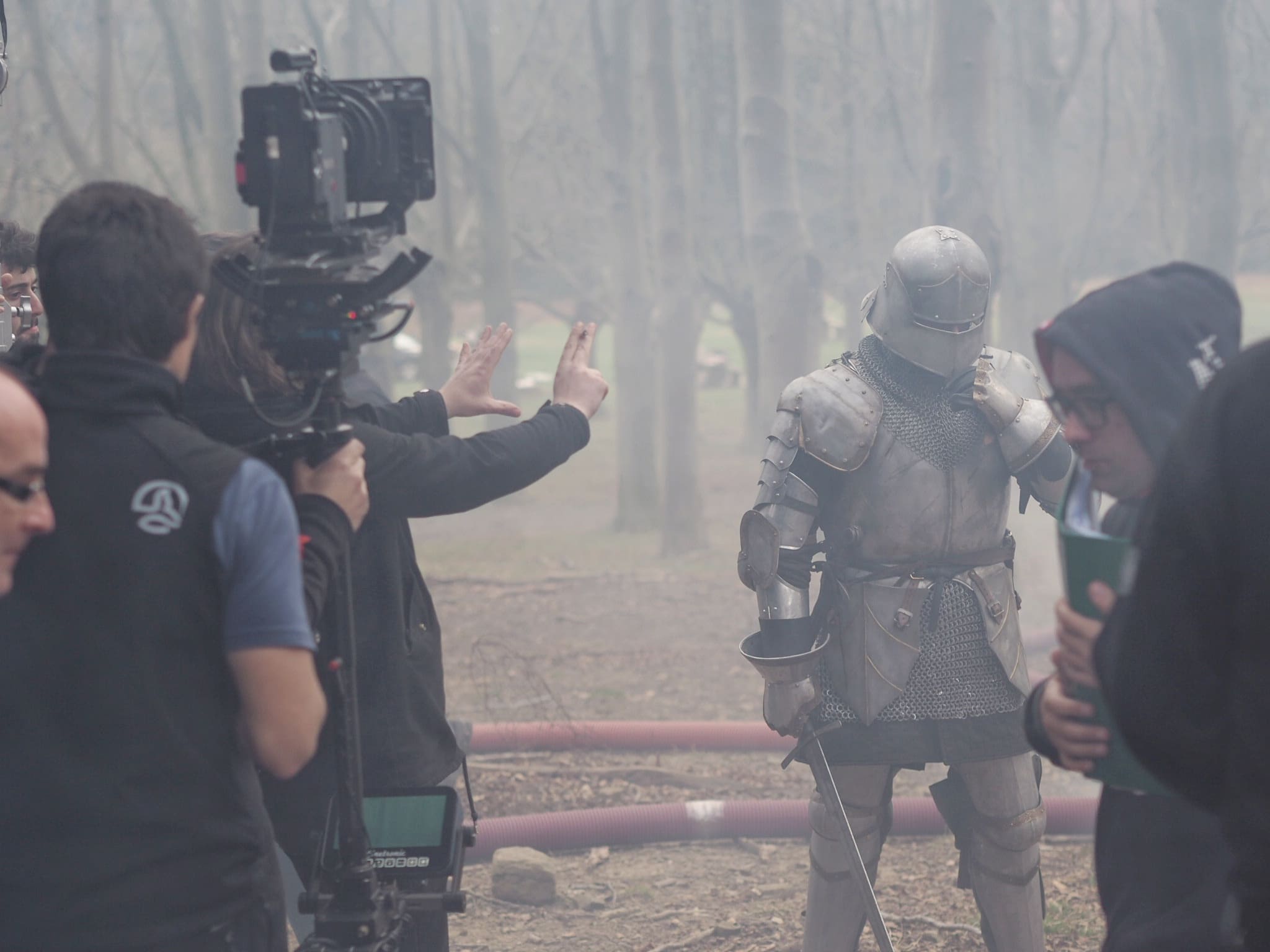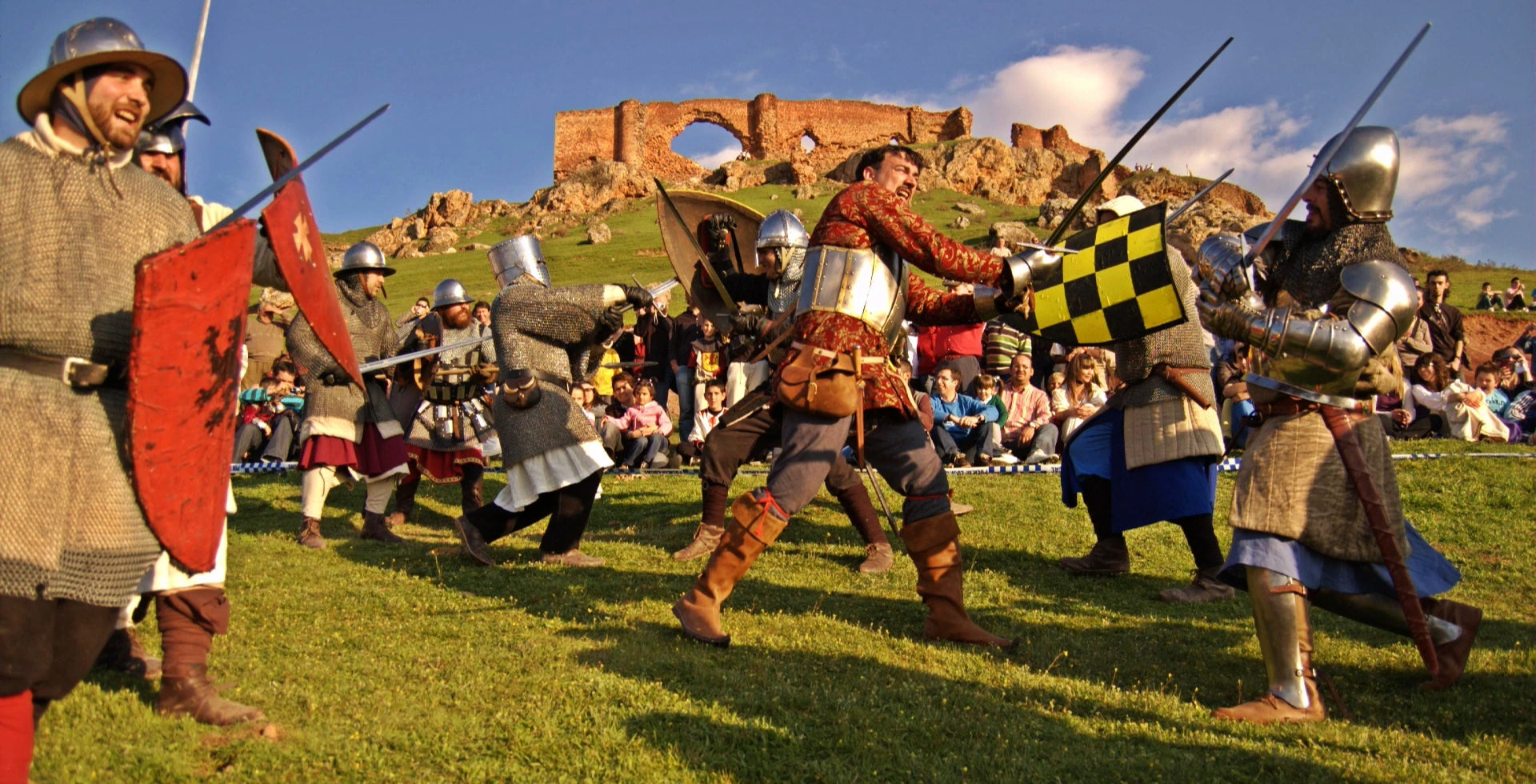Choose options
Treat yourself to a Pompeian Gladius, a Roman sword with a scabbard.
Pompeian gladius, Roman sword with scabbard
The gladius, the primary weapon of the Roman legions, was in use between the 4th century BC and the 3rd century AD in many different variations. The Pompeian-type gladius is one of the last versions of the Roman short sword. Modern historians have named it after the famous archaeological excavation site and the location of the first four examples of this type, dating to before 79 AD (the year of the devastating eruption of Mount Vesuvius, which covered the Italian city in a meter-high layer of buried ash).
The shorter, wider, double-edged blade of the Pompeii gladius was extremely effective in close combat. With their straight, parallel-edged blades and triangular tips, these gladii were primarily designed for stabbing, but were suitable for both stabbing and slashing techniques.
The model offered here is a reconstruction, as faithful as possible to history, of a classic Pompeian gladius, yet artfully decorated. This sword has a full-tang, hand-forged, unsharpened carbon steel blade. The bone handle is hollowed for optimal grip and framed by an oval handguard and a spherical pommel (both made of solid wood with hand-carved motifs). The sword's tang is securely fixed to the pommel by a brass nut. A brass plate incorporated into the wood of the handguard is covered with a small piece of felt to cushion contact between the handle and the scabbard. If you prefer to expose the brass inlay, this piece of felt can be easily removed.
The beautiful and magnificent scabbard is a real eye-catcher. It is made of wood, covered in burgundy leather, and decorated with brass fittings based on archaeological finds. While the bezel (with a narrow horizontal band, a V-shaped rim, and a semicircular bevel) has a rather simple but beautiful design, the mouthpiece, on the other hand, is decorated with elaborate tin-plated details: two on the obverse feature decorative fields, partly openwork and partly engraved, of a helmeted figure in full march. The upper field shows a warrior on foot between two standards, and the lower field shows the same warrior in a two-horse chariot (the so-called biga ). There are two cast brass support rings on either side of the scabbard's mouthpiece, which allow the wearer to carry their gladius like a true Roman.
Since this Pompeian-style gladius has blunt edges but a sharp point, it is not recommended for exhibition combat and is more suitable for living history. Combined with authentic and appropriate clothing and armor, this beautifully crafted sword is the perfect accessory to represent any senior legionary. Beyond its reenactment purposes, it also makes a great collectible and display item for any Roman history enthusiast.
Details:
- Material: EN45 carbon steel blade, bone handle, wooden guard and pommel, brass mounting nut and hand guard insert
- Total length: approx. 68.8cm
- Blade length: approx. 48.8 cm
- Blade width: approx. 5 cm
- Handle length: approx. 20 cm (handle section approx. 9 cm)
- Weight (without case): approx. 710g
- Incl. case with wooden core, genuine leather sheath (stitched) and brass applications
The above specifications may vary slightly from specimen to specimen.
At Tienda Medieval, we have thousands of medieval and other period products. Discover them!
Free shipping
The entire Iberian Peninsula from €60 (*Does not include islands) and shipping worldwide. Check our rates.
Customer service
We are available Monday through Friday to answer your questions.
Secure Payment
We comply with all regulations to ensure Secure Payment
Contact us
Need to contact us? Just email us at info@espadasymas.com








